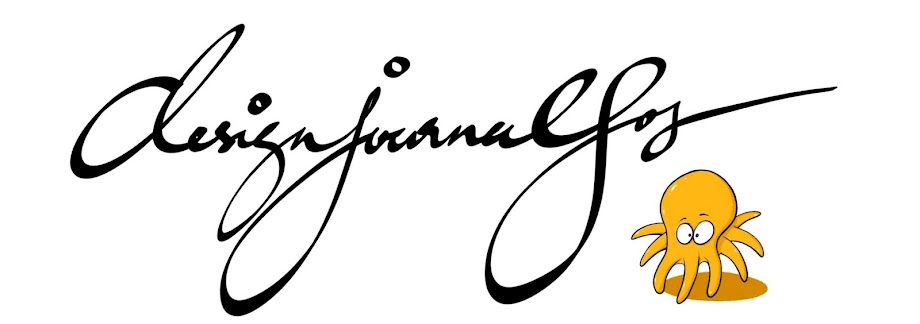Keep your eyes open and your mind focused on looking out for things and issues related to your theme and you'll automatically find. It's the same with the subsequence progress of your coursework. If you keep your mind focus and thinks about it often, you will get somewhere naturally.

Welcome to my blog. With 13 years of experience in mainstream secondary schools, I've dedicated myself to Design & Technology education. Currently, I specialize in teaching students with Autism Spectrum Disorder (ASD), combining my role as Head of Department with an artistic approach. My educational philosophy intertwines intellectual development and self-awareness, crafting an enriching learning journey that promotes a profound understanding of oneself.
Need Help?
08 May 2014
To Make Progress you Need a Focused Mind to Look Out
05 May 2014
Idea Generation, Refinement and Development
03 May 2014
Knowing that you have arrived at Design Development
When you start to look at the individual parts and connections, on details and confirming best choice materials and jointing methods, on optimum sizes and drawing out dimensions accurately, at the same time refining ergonomics, shapes, forms and colors to achieve maximum beauty and usability, you know, that you have arrived at the design refinement and development stage.
Mastering Unfamiliar Themes: A Simple Guide to Kickstart Your Design & Technology Coursework
Embarking on a Design & Technology (D&T) project can be an exciting journey but students often find themselves at a crossroads when...
-
FOLLOW and LIKE on Facebook to get updates as soon as a new post is up: https://www.facebook.com/designjournalsos .....................
-
The S.C.A.M.P.E.R. Technique in a Nutshell A little recap on what S.C.A.M.P.E.R. is all about: S.C.A.M.P.E.R. is an idea ...


